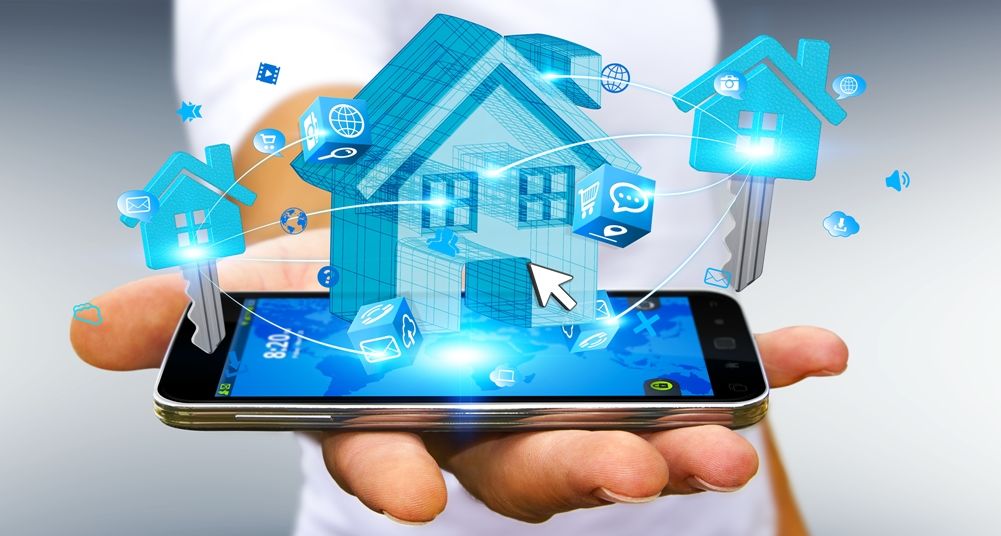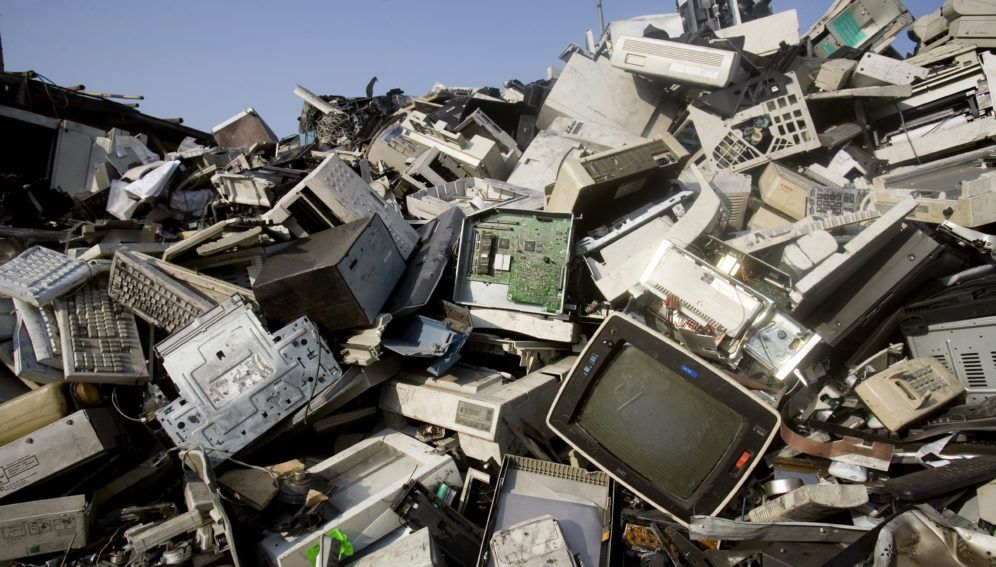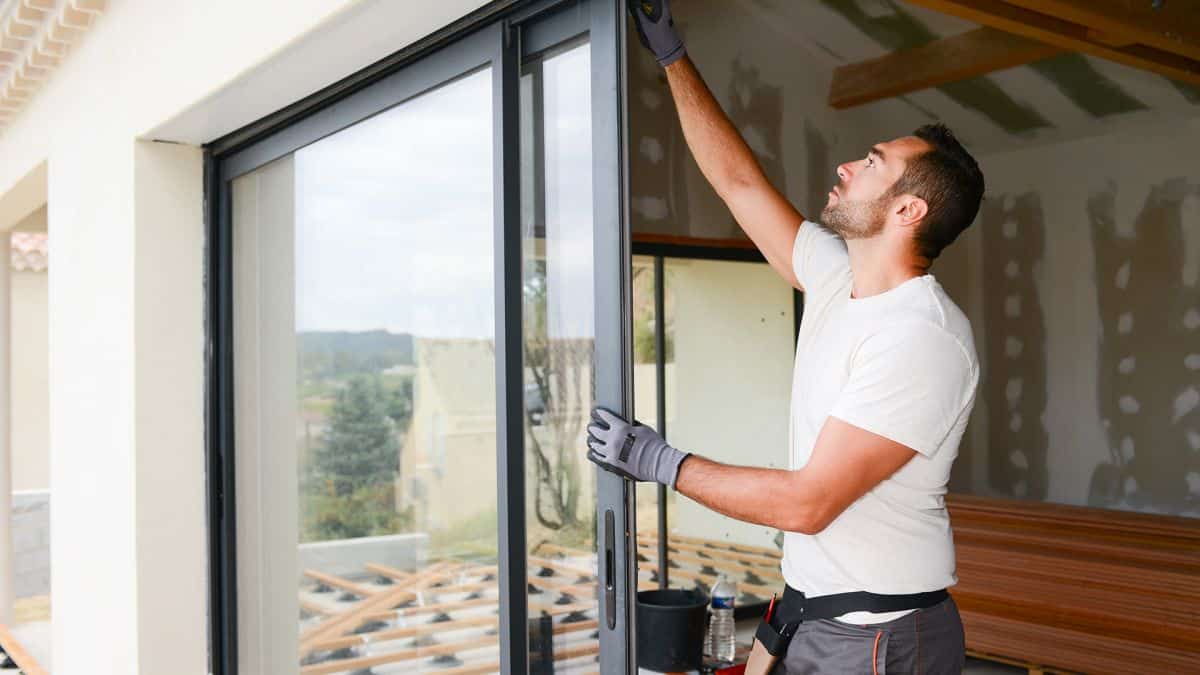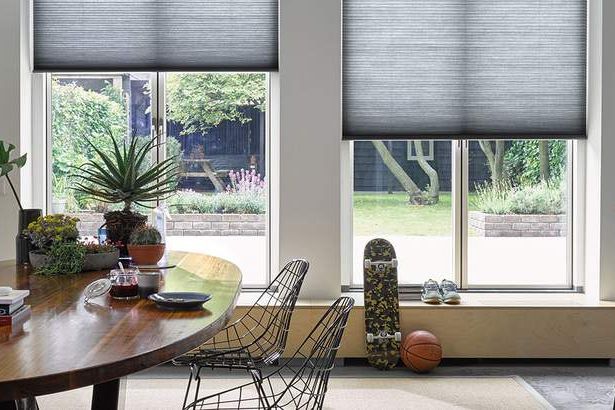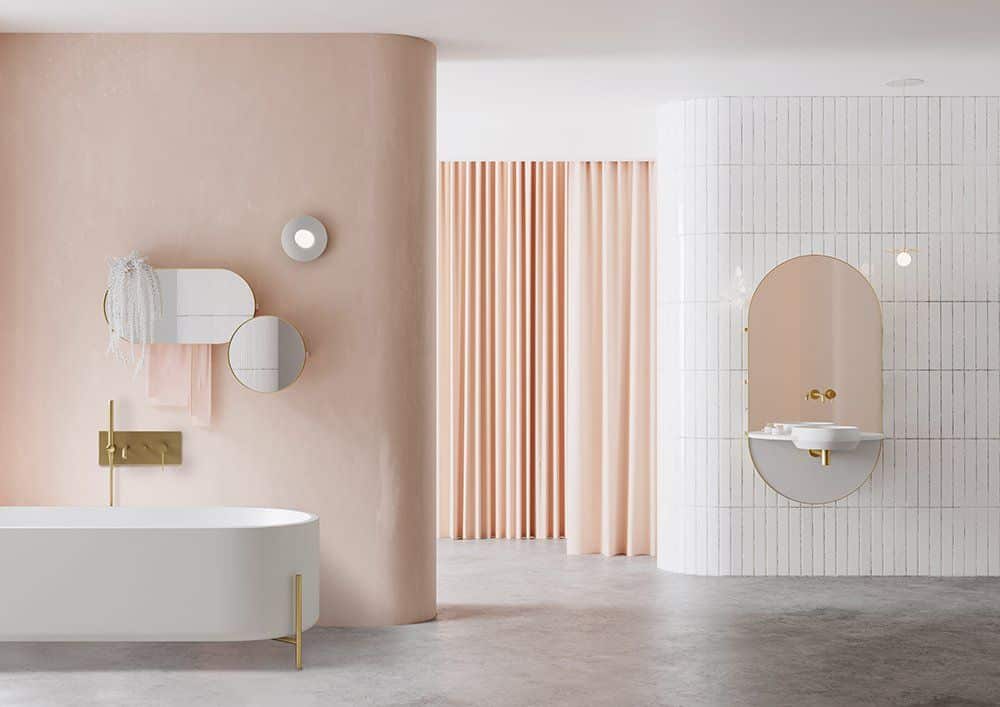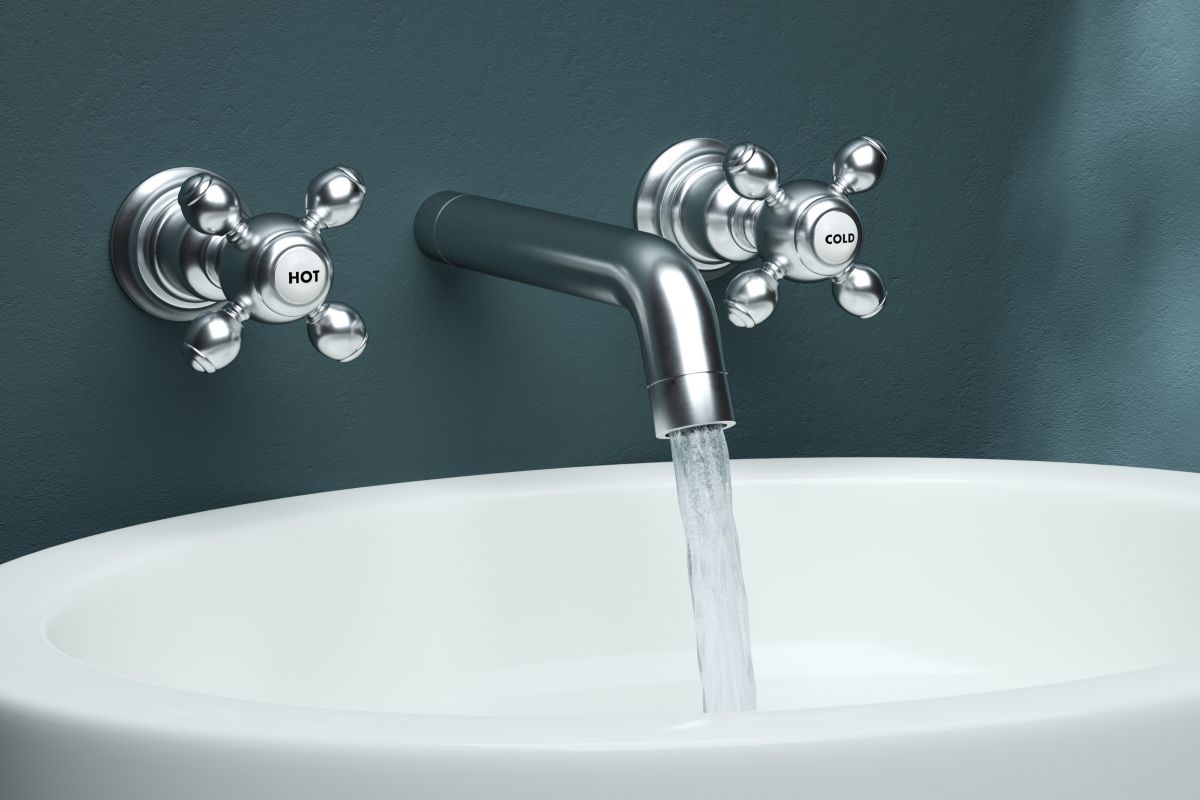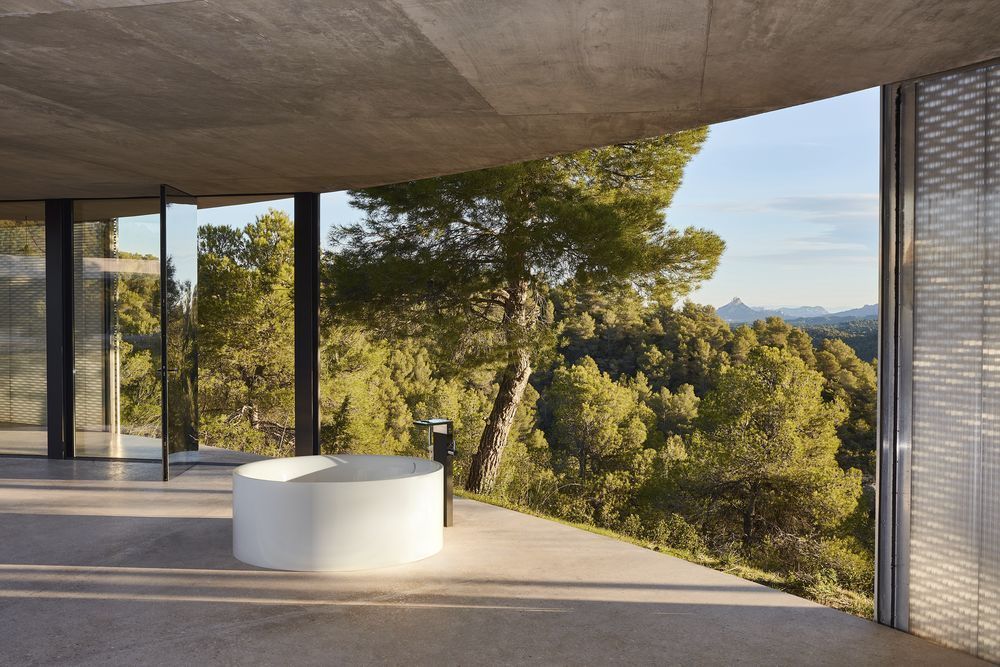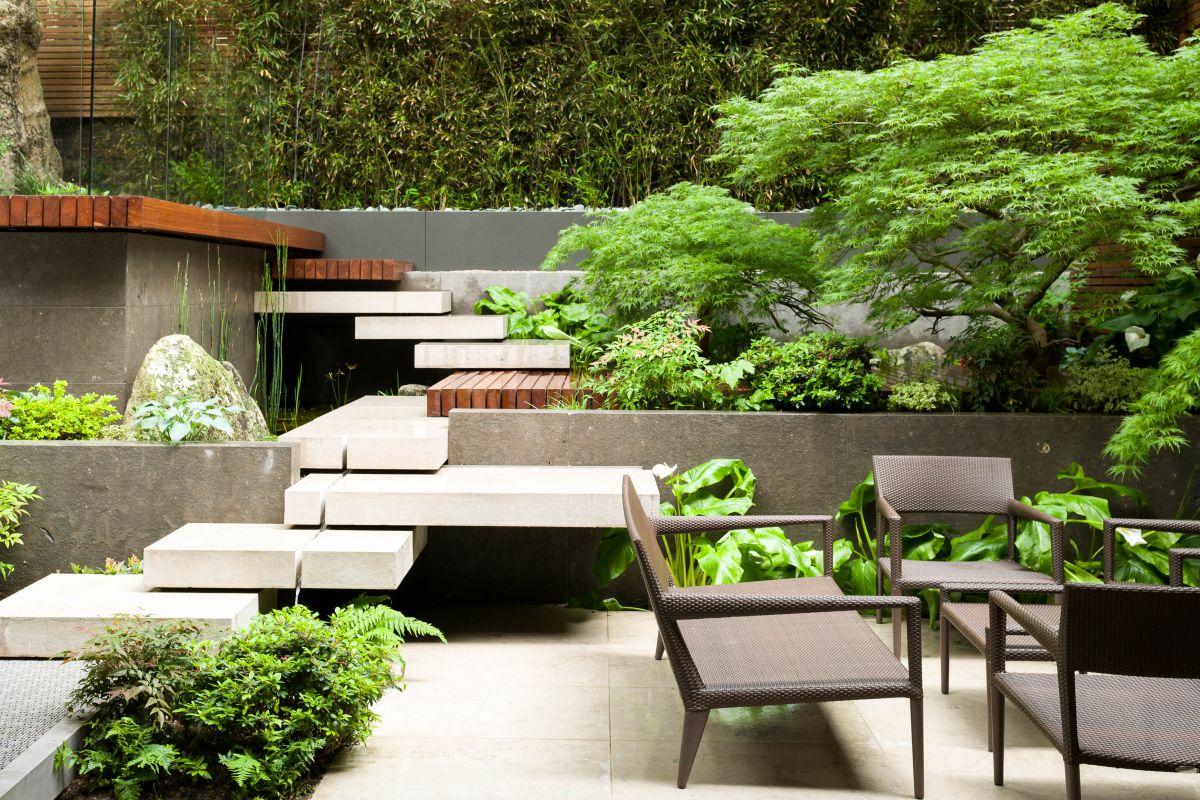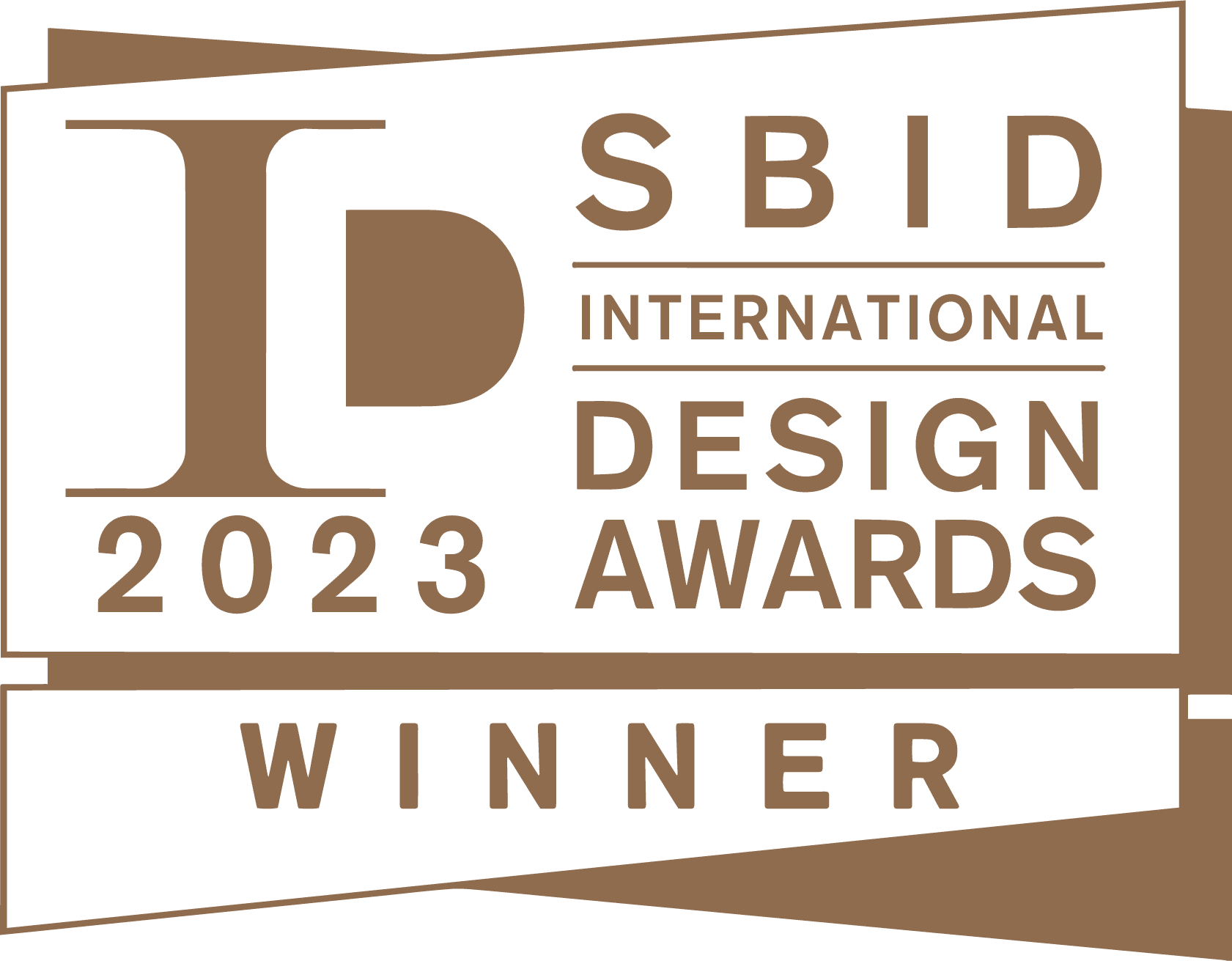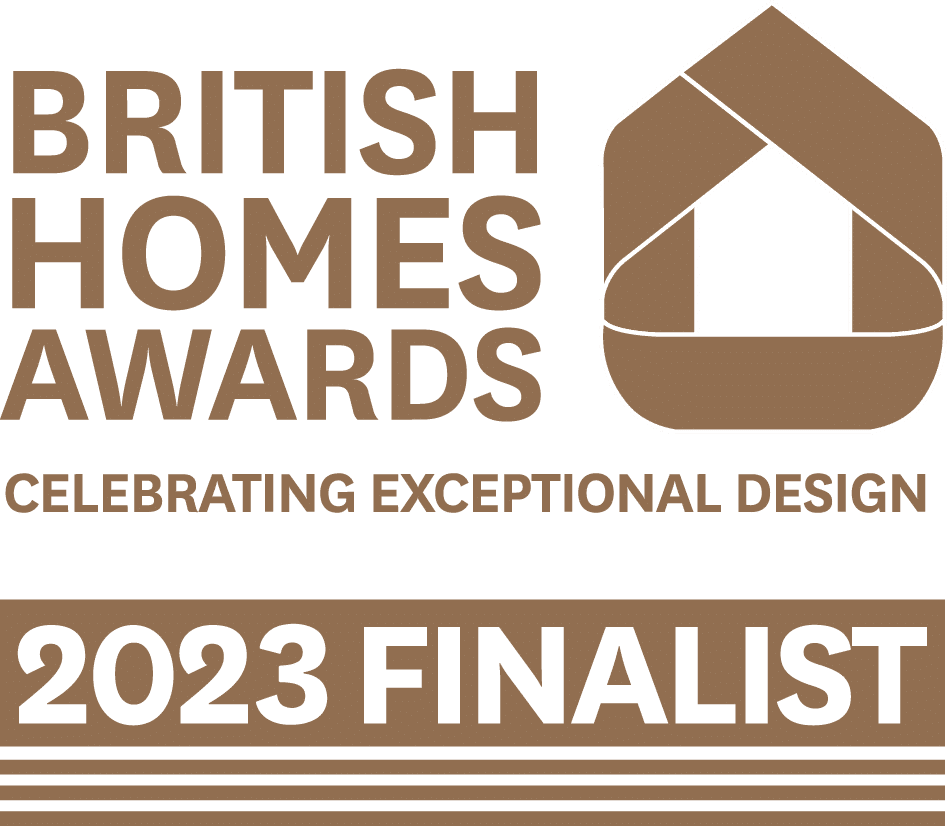Going Green: How Home Automation Can Help Conserve Energy
Programmable smart home technologies such as occupancy sensors, smart thermostats (such as Nest) and window shading can help dramatically improve our homes’ sustainability.
Studies have found that home automation can reduce energy consumption and carbon emissions by 13%.
As homes become more efficient, we’re approaching true “net-zero” dwellings – buildings that produce as much energy as they use. With advances in solar technology and automated energy management, homes can either pull from or feed to local energy grids as needed.
Appliances make up 40% of household electricity consumption, therefore the potential savings generated using smart appliances can be significant both for individuals and the environment. Smart tech allows us to monitor energy consumption more efficiently than ever and even learn to adopt habits to ensure that energy consumption remains low.



